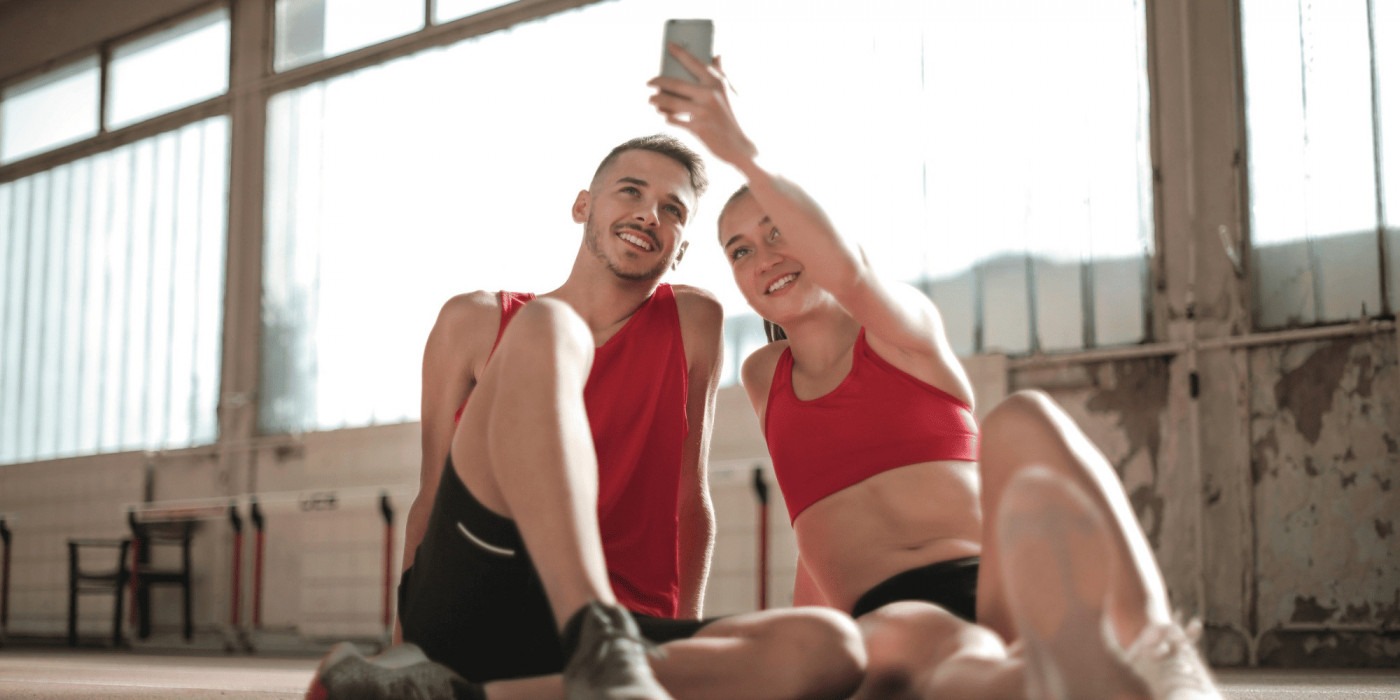Runfluencers: the benefits and pitfalls
You are lacing up your trainers. Tunes are flowing through your headphones. You are hitting new distances and achieving personal bests. For runners, this is often a daily or weekly highlight. Running is a great sport as it brings huge fitness benefits and is enjoyable both in groups and alone. However, we seem to have caught a ‘running fever’. A rise in social media platforms has inevitably been accompanied by running influencers, or ‘runfluencers’, bringing a different light to the sport. Is this entirely positive? What are the downsides to following these creators?
The growing popularity of running has brought benefits. It has advertised running to people who have previously not considered it. If TikTok encourages one person to download the Couch to 5k app or sign up for that 10km race they’ve always considered, then this is a win. Media can be a great tool for empowering people to do things they thought they could never do. It provides firsthand testimony to both the power and accessibility of running.
For every success you see, there are often countless failures in the process
In addition, social media can be a great source of information for those who haven’t lived in the running world before. I often look to running influencers for tips on what to eat during a run, the best tunes to play during a 5km, or even just a motivation boost on lazy days. They can be sources of knowledge about what you need to pack for race day or how to fit running into a busy weekly schedule. This can make the sport more accessible for beginners with questions. A word of caution, though: ‘Runfluencers’ can have great advice, but questions about injury or fitting running shoes should always be taken to a professional. It’s important to remember that they may be experienced, but they usually aren’t professionals.
One of the ways that social media makes running appealing to its audience is by romanticising it. ‘Runfluencers’ often show a filtered version, with smiling faces hitting personal bests and cosy post-run cups of tea. It’s important to remember this when you scroll through ‘running-Tok’. Don’t be discouraged if there are moments on a run when you feel for certain you can’t keep going or if most runs aren’t a personal best. People tend to post their highlights on social media. For every success you see, there are often countless failures in the process. You are only running your journey, and everyone progresses at different rates.
Social media can be a great community to have in your corner if you’re a runner, but it’s important as well to consider the limitations of what you see
The online narrative may also encourage us to push ourselves harder than what is realistic. That is the more dangerous side of the community. We may try and mirror the times and distances that other people are running. This isn’t always right for us, especially if the influencer has been running for three years and you’ve been running for three months. When you start running, it’s important to gradually build distance and speed to avoid injury and make the sport more enjoyable. This side of the story can get left behind on social media.
However, there are always two sides to the media. While you do get influencers that encourage you to run fast and to run long, there are also influencers who encourage runners to run slow. Social media can be a great community to have in your corner if you’re a runner, but it’s important as well to consider the limitations of what you see. This is the best way to keep your physical and mental health intact as you begin or continue your running journey.

Comments